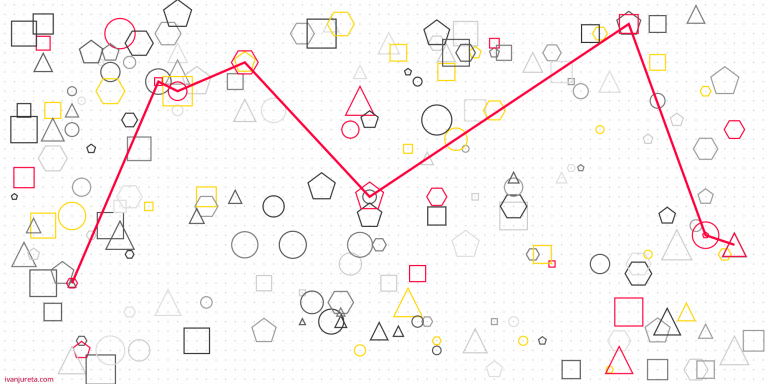Analysis and Design of Advice
Advice involves recommendations on what to think; through thought, on what to choose; and via choices, on how to act. Advice is information that moves by communication, from advisors to the recipient of advice.
This book offers a general way to analyze advice. The analysis applies regardless of what the advice is about and from whom it comes or to whom it needs to be given, and it concentrates on the production and consumption of advice independent of the field of application. It is made up of two intertwined parts, a conceptual analysis and an analysis of the rationale of advice. He premises that giving advice is a design problem and he treats advice as an artifact designed and used to influence decisions.
What is unusual is the theoretical backdrop against which the author’s discussions are set: ontology engineering, conceptual analysis, and artificial intelligence. While classical decision theory would be expected to play a key role, this is not the case here for one principal reason: the difficulty of having relevant numerical, quantitative estimates of probability and utility in most practical situations. Instead conceptual models and mathematical logic are the author’s tools of choice.The book is primarily intended for graduate students and researchers of management science. They are offered a general method of analysis that applies to giving and receiving advice when the decision problems are not well structured, and when there is imprecise, unclear, incomplete, or conflicting qualitative information.
The above is a draft version, prior to reviews and publication. The final version, after reviews and edits was published by Springer, and is available for purchase here. Cite as:
Jureta, Ivan. Analysis and design of advice. Springer Science & Business Media, 2011.
